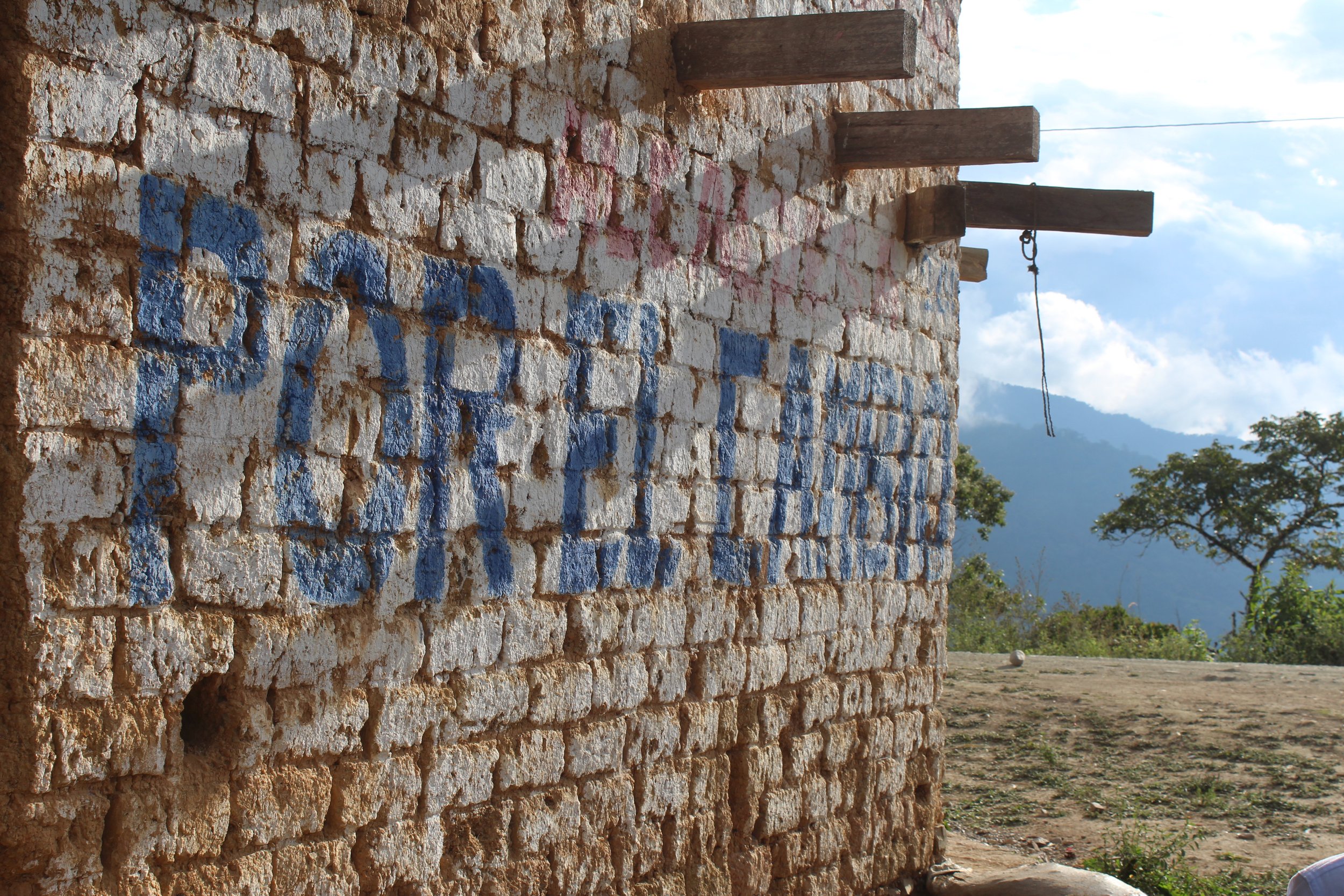 Image 1 of 3
Image 1 of 3

 Image 2 of 3
Image 2 of 3

 Image 3 of 3
Image 3 of 3




*DECAF* Peru - Dulces Suenos
Origin: Peru
Varietal: Mixed
Process: MC Decaf
Origin: Peru
Varietal: Mixed
Process: MC Decaf
Origin: Peru
Varietal: Mixed
Process: MC Decaf
PRALINE, MARZIPAN, BAKERS CHOCOLATE
Our house decaf in our cafe, easy to drink and work with, it reminds me a of a washed Brazilian. Good body with nuts, sweetness and chocolate. Called Dulces Suenos from the producers, that translates across to ‘sweet dreams’, pretty neat, just like this coffee.
Roasted medium, please note decaf processing and the impact on the cellular structure of the bean tends to lead to oil on roasted coffee.
THE COFFEE ITSELF
This lot is a blend of day lots from producers in the San Ignacio districts of Chirinos, San Jose de Lourdes, and Tabaconas. The producers in these areas pick and process their coffee themselves, and typically dry the coffee on a lined patio. After being picked, the coffee is rested for 24 hours before being dried for 25 to 30 days. The main varieties grown are caturra, bourbon, catuai, and typica.
These three districts are among the most promising quality areas in all of Latin America, with high altitudes and ideal growing conditions. Since these day lots were very small, we couldn't export them as individual lots. Therefore, we created this blend with all of the day lots that matched this heavily fruited, complex, and floral cup profile.
Peru has historically been regarded as an origin of unremarkable and often unreliable quality. We set out to disprove this. The altitude of the Andes combined with rich volcanic soils and tropical rainfall means that Peru has the ideal topography and climate for producing high quality Arabica coffee.
In 2018 Falcon Peru SARL was registered as an export company and we opened a small warehouse with QC lab in the northern coffee town of Jaen, Cajamarca. We installed drying facilities near the warehouse to enable producers to achieve optimum moisture levels and lock in cup quality. Farmers bring their dry parchment to the warehouse for quality analysis, receive a cup score and an offer price immediately, which they can accept or refuse. On average Falcon paid double the commercial rate for parchment in Jaen.
The methylene chloride decaffeination process is one of several methods used to remove caffeine from coffee beans while preserving their flavor. Here’s how it generally works: Steaming: The green coffee beans are first steamed to open their pores, making it easier for the solvent to penetrate. Solvent Application: The beans are then soaked in a solution of methylene chloride, which selectively binds to caffeine molecules. This process allows caffeine to be extracted from the beans. Separation: After a certain period, the beans are removed from the solvent, which now contains the dissolved caffeine. Evaporation: The methylene chloride is then evaporated, leaving behind the decaffeinated coffee beans. The evaporation process is designed to ensure that most of the solvent is removed. Final Drying: The beans may undergo a final drying step to restore any lost moisture. This method is favored for its effectiveness and relatively low impact on the flavor of the coffee.
